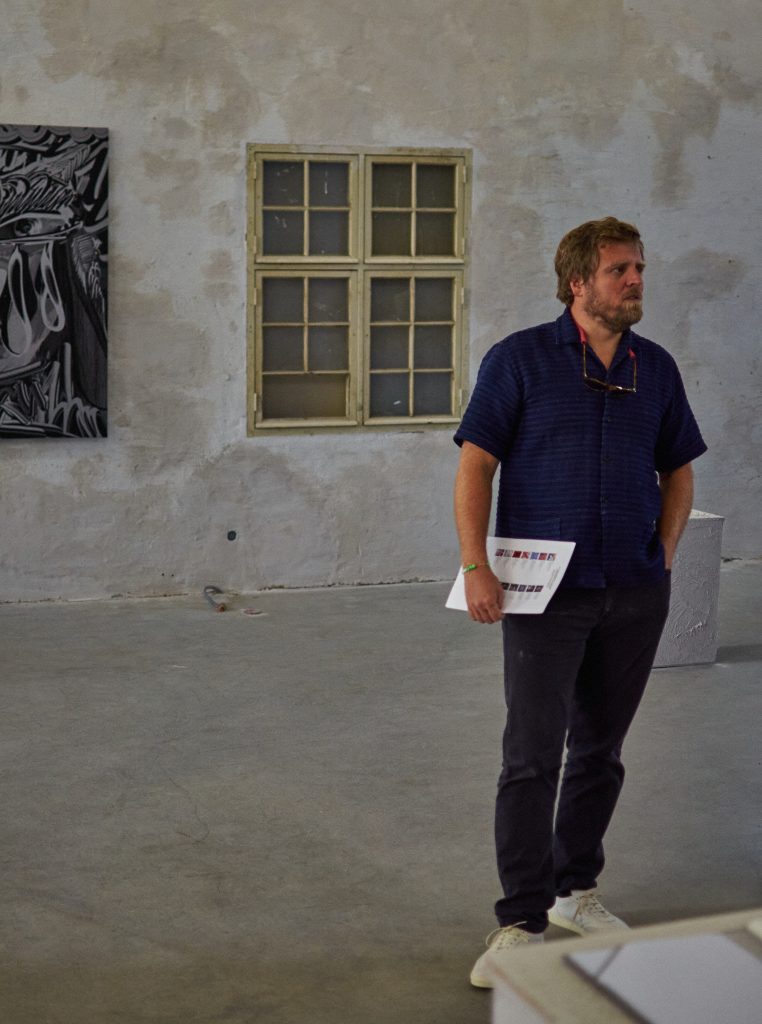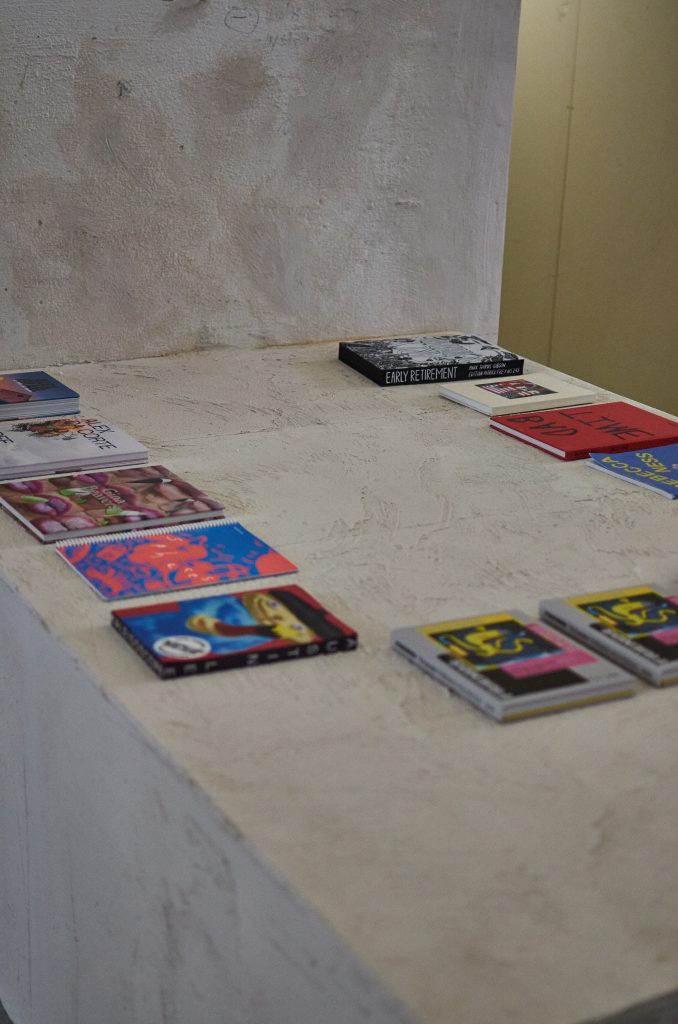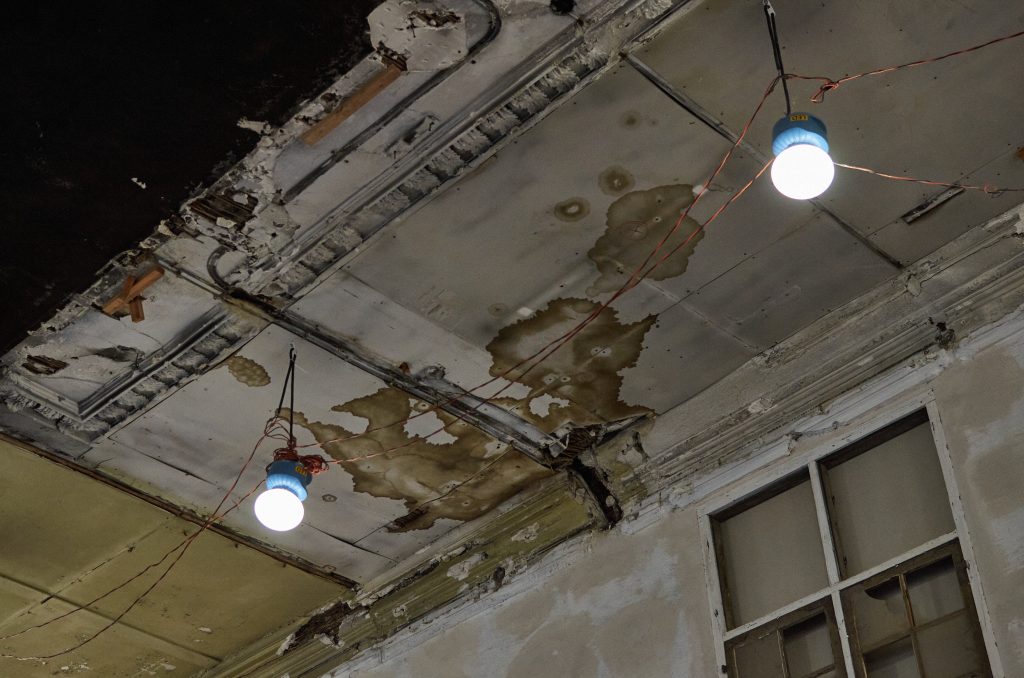← Back
Carl Kostyál, Collector & Gallerist
Interview, 14 January 2022
In conversation with Carl Kostyál. Experienced collector and gallerist with a penchant for emerging artists – and with a steady finger on the pulse of contemporary art. With his recent opening of Hospitalet, an art gallery housed in a former mental asylum in Stockholm, Kostyál has established a creative hub for exciting art. A place where energy and creative joy is meant to play an important role.


Hungarian born gallerist and collector, Carl Kostyál, has spent decades making a name for himself as a finder and cultivator of emerging artists. With gallery spaces on London’s Savile Row and in his private Milan home, Kostyál is now further broadening his reach. After opening his third space, Hospitalet, in May of 2021 in collaboration with Gullringsbo Art Collection, Kostyál endowed the Stockholm art scene with a unique space that allows young artists to showcase their talent in a building that holds a fascinating and slightly haunting history.
Hospitalet is housed in a former mental asylum that dates all the way back to 1725 – and sits beautifully located by the water in Danviken, Stockholm. So far in its inaugural year, the space has hosted shows by artists such as Oli Epp, Ry David Bradley, Canyon Castator, Emma Stern, and most recently, Travis Fish.
We were granted access to the former mental asylum after hours, to hear more about the plans for this new and original Stockholm art hub from the man himself: Carl Kostyál:
This building has quite a unique history and layout. In what way does it help augment your exhibitions?
– I have always tried to avoid the “white cube” kind of space, because then you always have to consider what will fit where. In this particular space, we have details that must be taken into consideration. That’s a lot of fun, because as an art dealer it can become dull to hang art in one and the same space. This space provides a natural habitat for great art.
The art world has become less prone to working with traditional spaces in recent years, giving dealers who have been flexible and creative an upper hand. You’re known to think outside the box in that regard; how much of an advantage has that been for you?
– I think my aptitude for adaptability has worked in my favour. Whether I’m working on larger, more traditional pieces or minimalist art, I always try to have fun and create energy within a space. Which really is the point of it all.


One of your proven strengths is finding young, promising artists, and providing platforms for them to stand on. What is your scouting process like?
– I think my experience plays a large part. Artists choose you as much as you choose them. Whenever you find an up-and-coming artist, you’re usually not alone in having discovered them. That is why your track record will play a huge part in their decision making.
What do you primarily look for in a promising artist?
– I think energy and anima is what matters the most, rather than technique and skill. Also being able to move with the times and not being fixed on any given style or period. Nostalgia is the biggest enemy to the modern art dealer.


Carl is wearing Otium in Seagull. Carl’s work can be viewed here.